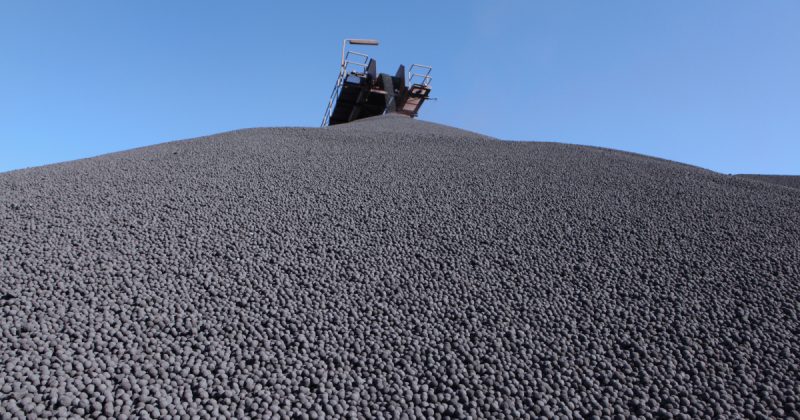
EU DRI Imports Fall 20.8% in January-April 2025
In the first four months of 2025, the European Union reduced its imports of Direct Reduced Iron (DRI) by 20.8% compared to the same period in 2024, totaling 801.45 thousand tons. This data, highlights significant changes in the EU’s DRI supply chain.
The drop is largely attributed to the near-total cessation of imports by key countries like Germany and the Netherlands. For instance, Germany’s imports fell drastically from 280.82 thousand tons in January-April 2024 to just 8.7 thousand tons this year. The Netherlands also witnessed a similar trend, with imports dropping from 122.06 thousand tons to only 8 tons in the same period.
Despite these declines, imports into Italy, Spain, and Austria saw considerable growth, mitigating the overall decrease in DRI shipments to the EU.
Key EU DRI Importers
Italy led the way in DRI imports, increasing its intake by 94.5% year-on-year to 467.94 thousand tons. Austria and Spain also reported positive growth, importing 115.06 thousand tons (+25.6% y/y) and 74.37 thousand tons (+19.2% y/y), respectively.
Russia remained the EU’s primary supplier, although shipments from the country dropped significantly by 44.1%, totaling 241.34 thousand tons in January-April 2025. Other notable suppliers included Libya, which shipped 99.8 thousand tons (down 26.7% y/y), and Venezuela, which saw substantial growth with a 4.2-fold increase in shipments, totaling 272.26 thousand tons.
Shifts in Supply Chains and Key Suppliers
The sharp decline in imports from traditional suppliers, particularly Russia, reflects a shift in global supply chains. Venezuela’s increased exports of DRI to the EU show a strategic reorientation, as it is becoming a more significant player in the European market. This marks a notable pivot for the EU’s DRI imports, which were once dominated by Russian supply.
Interestingly, despite the overall decrease in imports, EU DRI imports rose by 5.4% in 2024 compared to 2023, reaching 2.75 million tons. This indicates a longer-term trend of diversifying supply sources, with key suppliers including Russia, Libya, the U.S., Venezuela, and Canada accounting for roughly 85% of the EU’s DRI imports.
SuperMetalPrice Commentary:
The EU’s reduced DRI imports in 2025 reflect broader geopolitical shifts, including strained relations with traditional suppliers like Russia. At the same time, the rise of new suppliers such as Venezuela highlights the ongoing reorientation of global supply chains. This shift is particularly noteworthy as European countries continue to prioritize securing a reliable and diversified supply of critical metals. As global markets evolve, these changes could have long-term implications for steel production and pricing.











Leave a Reply
You must be logged in to post a comment.